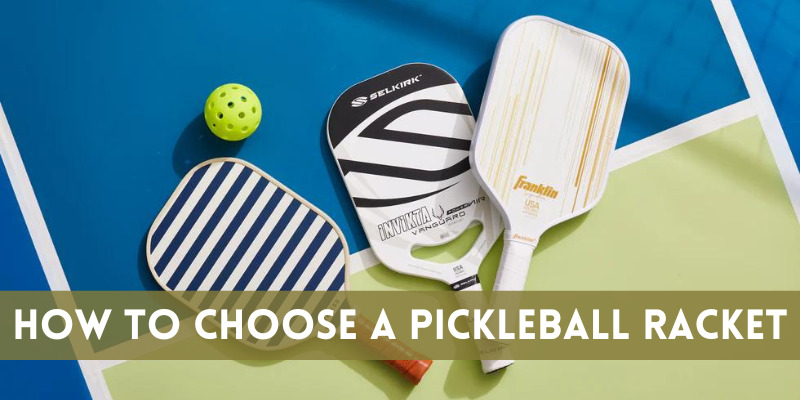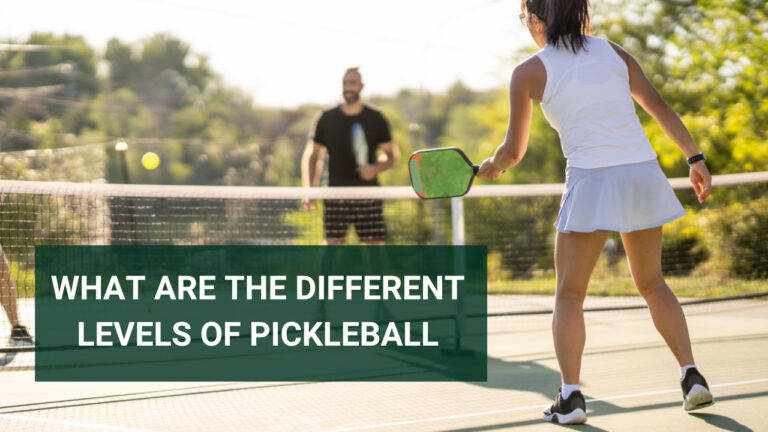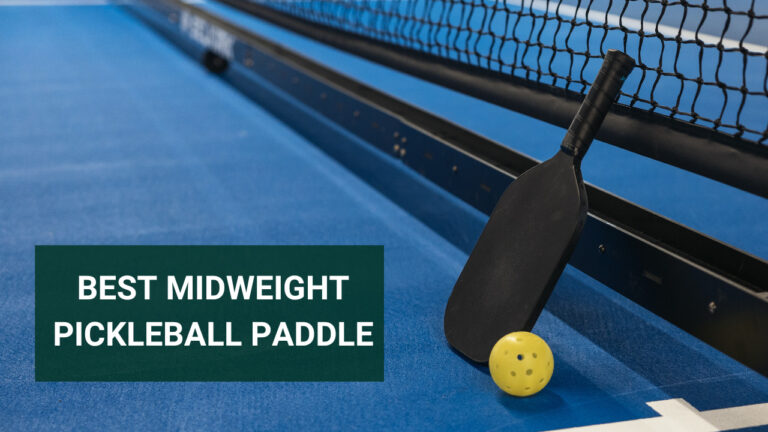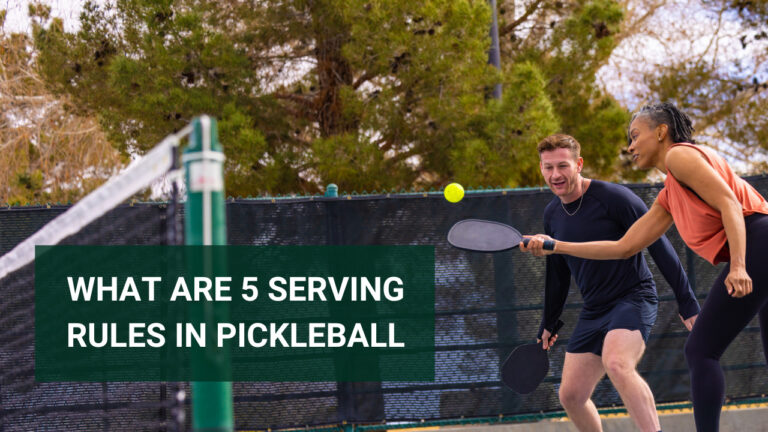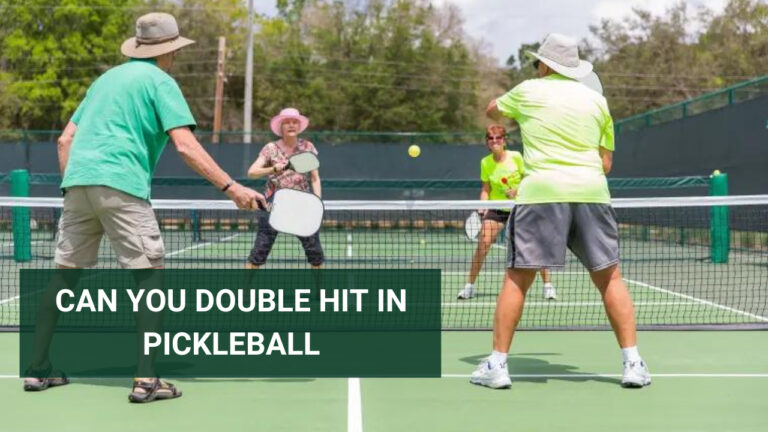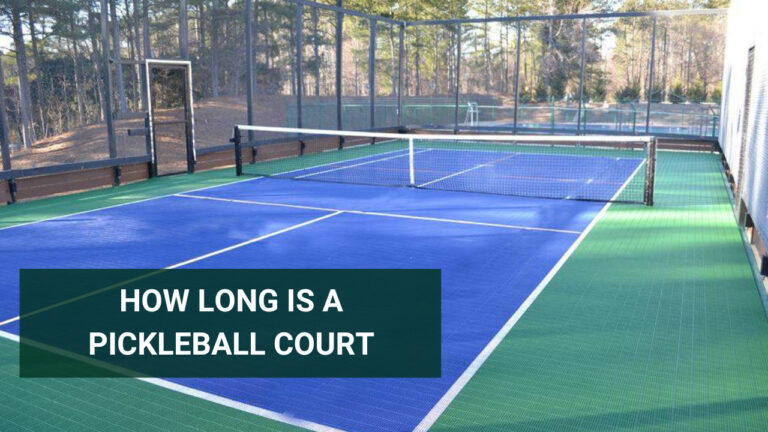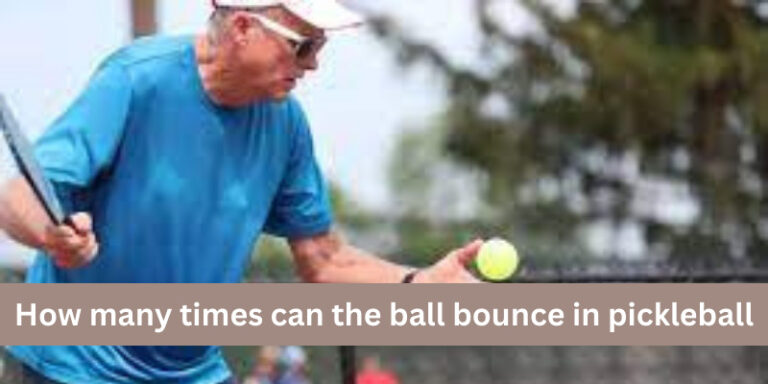How to Choose a Pickleball Racket – Factors and Tips
Are you new to pickleball or looking to upgrade your game? One of the most important tools for any player, regardless of skill level, is their racket.
A good pickleball racket can improve your power, control, and overall performance on the court. With so many options available in terms of grip size, weight, material, core type, face design, and more – choosing the right one can be overwhelming.
In this piece of article, we will guide you through how to choose a pickleball racket selecting a pickleball racket that suits your playing style and needs. So let’s dive in!
The Role of a Pickleball Racket
The pickleball racket, also known as a paddle, is one of the essential pieces of equipment in the game. It provides players with control, power, and manoeuvrability. Selecting the right racket can significantly impact your gameplay and overall experience on the court.
How to Choose A Pickleball Racket for You – Factors to Consider
Choosing the right pickleball racket can be a daunting task, but there are several factors to consider before making your purchase.
- First and foremost, grip size is crucial as it affects comfort and performance. A too small or too large grip can lead to discomfort and an inability to control the racket properly.
- Weight is another significant factor that impacts your game. Lighter rackets offer greater maneuverability, while heavier ones provide more power in shots. The material of the core also plays a role in how powerful your hits will be.
- The face of the paddle is essential as well since it’s where you make contact with the ball. Consider surface texture for spin and durability when choosing a face material such as graphite or composite.
- Edge guard adds extra protection against wear-and-tear on your racket during gameplay, so selecting one that suits your needs is important.
- Length, width, shape and balance impact how comfortable you feel holding the racket during swings – some people may prefer longer paddles, while others might enjoy wider ones.
Determine what level of player you are – beginner or advanced – when deciding on stiffness options for increased control versus power output from each shot, respectively. Take all these factors into consideration when purchasing a pickleball paddle that works best for YOU!
Testing and Trying Rackets
When it comes to choosing the right pickleball racket, testing and trying out different options is crucial. It’s important to get a feel for the weight, grip size, and overall balance of the racket before making a purchase.
One way to test rackets is by attending a demo day or event at your local pickleball club or sporting goods store. This allows you to try out various models in person and receive advice from experienced players.
Additionally, some online retailers offer trial periods where you can use a racket for a set amount of time before deciding if it’s the right fit for you. This can be especially helpful if you don’t have access to demo events near you.
During testing, pay attention to how well the racket performs in terms of power, control, maneuverability, and stiffness. Consider whether it feels comfortable in your hand and whether it suits your playing style.
Remember that what works best for one player may not work as well for another. By taking the time to test and try out different rackets, you’ll ultimately find one that feels like an extension of your arm on the court.
The Different Types of Pickleball Rackets
When it comes to pickleball rackets, there are different types available in the market. The type of racket you choose depends on various factors such as your playing style, skill level, and personal preferences.
Graphite Paddle:
One of the most common types of pickleball rackets is the graphite paddle. This type of racket is known for its lightweight design, allowing players to easily make quick swings. Graphite paddles are also great for power shots due to their stiffness and strength.
Composite Paddle:
Another popular option is the composite paddle. These paddles are made from a combination of materials such as fiberglass and polymer honeycomb cores. They provide an excellent balance between power and control, making them suitable for all levels of play.
Wooden Paddle:
Wooden paddles are also widely used among beginners or those who prefer traditional equipment. While not as durable or technologically advanced as other types of rackets, wooden paddles offer a classic feel that many players appreciate.
Edgeless Paddle:
Edgeless paddles have become increasingly popular in recent years due to their aerodynamic designs that allow for more maneuverability on the court. These rackets lack an edge guard but still provide ample protection against damage during intense gameplay.
Each type has its own strengths and weaknesses depending on player preference and playstyle. It’s important to try out different types before committing to one specific racket so you can find what works best for you on the court!
Pros and Cons of Different Pickleball Rackets
Every player has their own preferences when it comes to pickleball rackets. With so many options available, it can be not easy to choose the right one. Here are some pros and cons of different types of pickleball rackets.
| Racket Material | Pros | Cons |
| Wooden | Affordable | Heavier weight affects maneuverability |
| Durable | ||
| Composite | Lightweight | Higher price point |
| Balanced | ||
| Controlled | ||
| Powerful | ||
| Graphite | Maneuverable | Less durability |
| Lightweight | ||
| Edgeless | Increased power | No protection against edge hits |
| Increased control |
It’s important to try out different types of paddles before committing to one specific model. Each player will have unique needs based on playing style and skill level in order to find the perfect pickleball racket for them.
Conclusion
Choosing the right pickleball racket is crucial to taking your game to the next level. With so many options available on the market, it’s important to consider factors such as grip size, weight, material, core, face, edge guard, length, width, shape, balance, and stiffness when making your decision.
By testing and trying out different rackets and considering their pros and cons based on your individual needs and playing style, you can find a racket that provides you with optimal power, control & maneuverability.
Ultimately finding the right pickleball paddle will come down to personal preference but by following these guidelines, we hope that you’ll be able to make an informed choice that allows for a more enjoyable experience on court. So go ahead pick up some paddles try them out against each other until you find one that feels just right!
FAQs:
How do you pick a racket in pickleball?
To choose a pickleball racket, consider your skill level, playing style, weight, grip size, paddle shape, surface material, and budget. Try different rackets, seek recommendations, and research product descriptions to find the right fit for your needs.
How do I choose a pickleball racket for beginners?
To choose a pickleball racket for beginners, prioritize affordability, durability, and ease of use. Opt for a wooden or composite racket with a larger sweet spot, a comfortable grip size, and a forgiving design.
How do I pick my first pickleball paddle?
To choose your first pickleball paddle, consider your budget, playing style, weight preference, grip size, and paddle material. Look for a beginner-friendly paddle that offers a balance of control, power, and forgiveness. Test out different paddles, if possible, to find the one that feels comfortable and suits your needs.
How do I know my pickleball grip size?
To determine your pickleball grip size, measure the circumference of your dominant hand’s grip using a ruler or a grip size chart. Most adult players fall into the range of 4 inches to 4.5 inches.
Where is the sweet spot on a pickleball paddle?
The sweet spot on a pickleball paddle is the area near the center of the paddle’s face. It is the spot that provides the optimal combination of power and control when striking the ball. Players aim to hit the ball with the sweet spot to achieve the best shot quality and accuracy.
